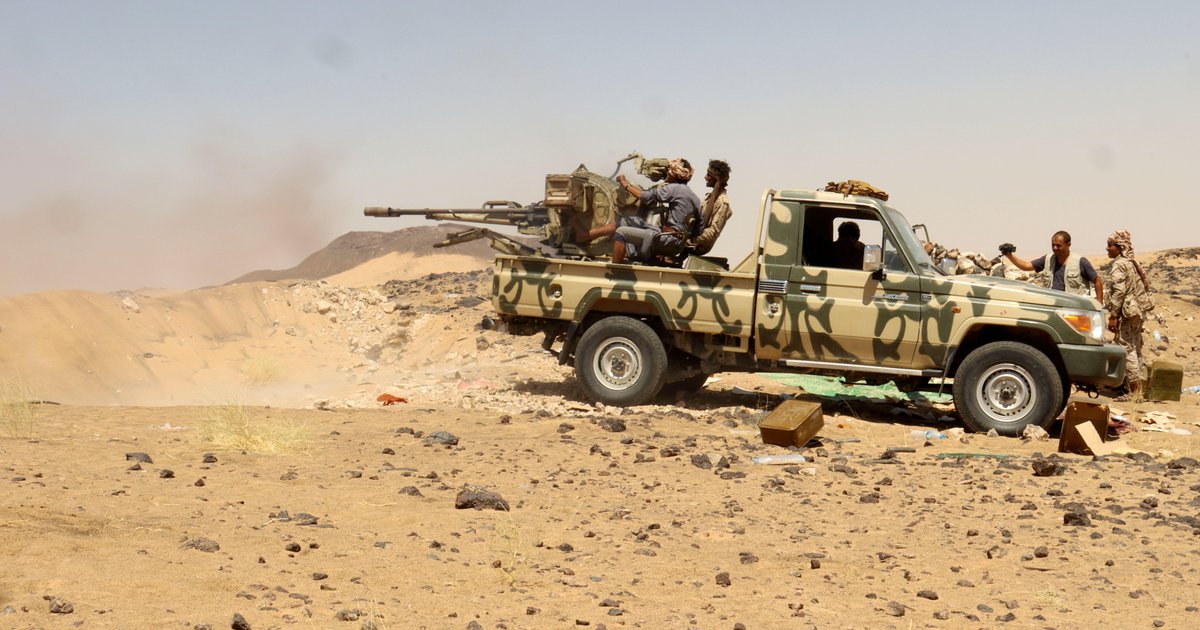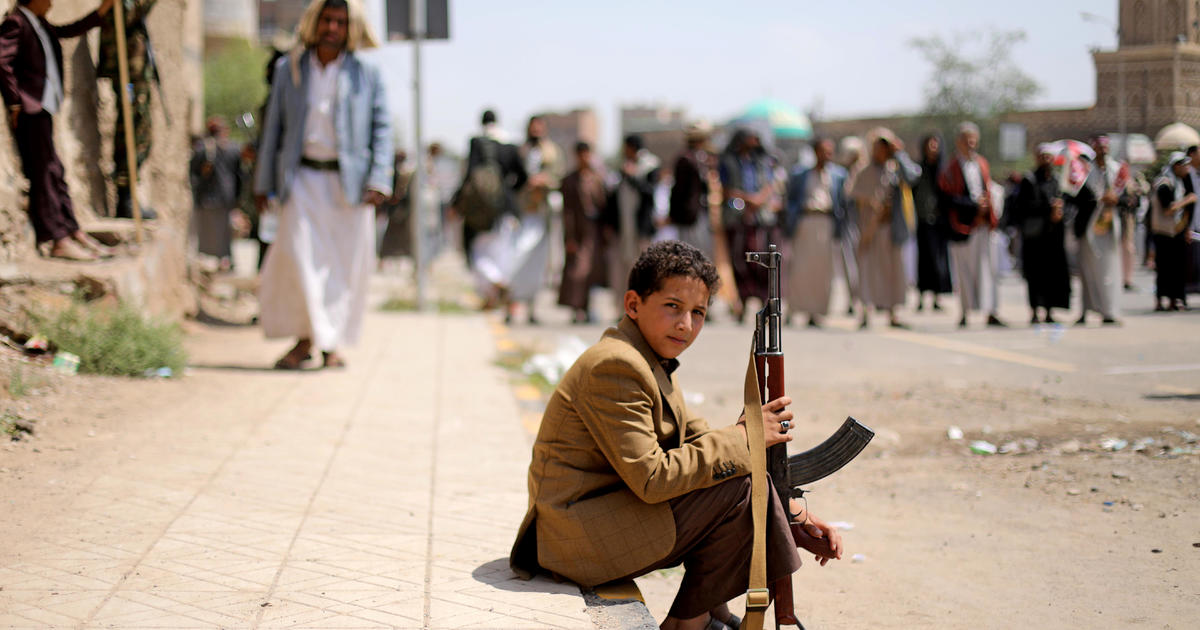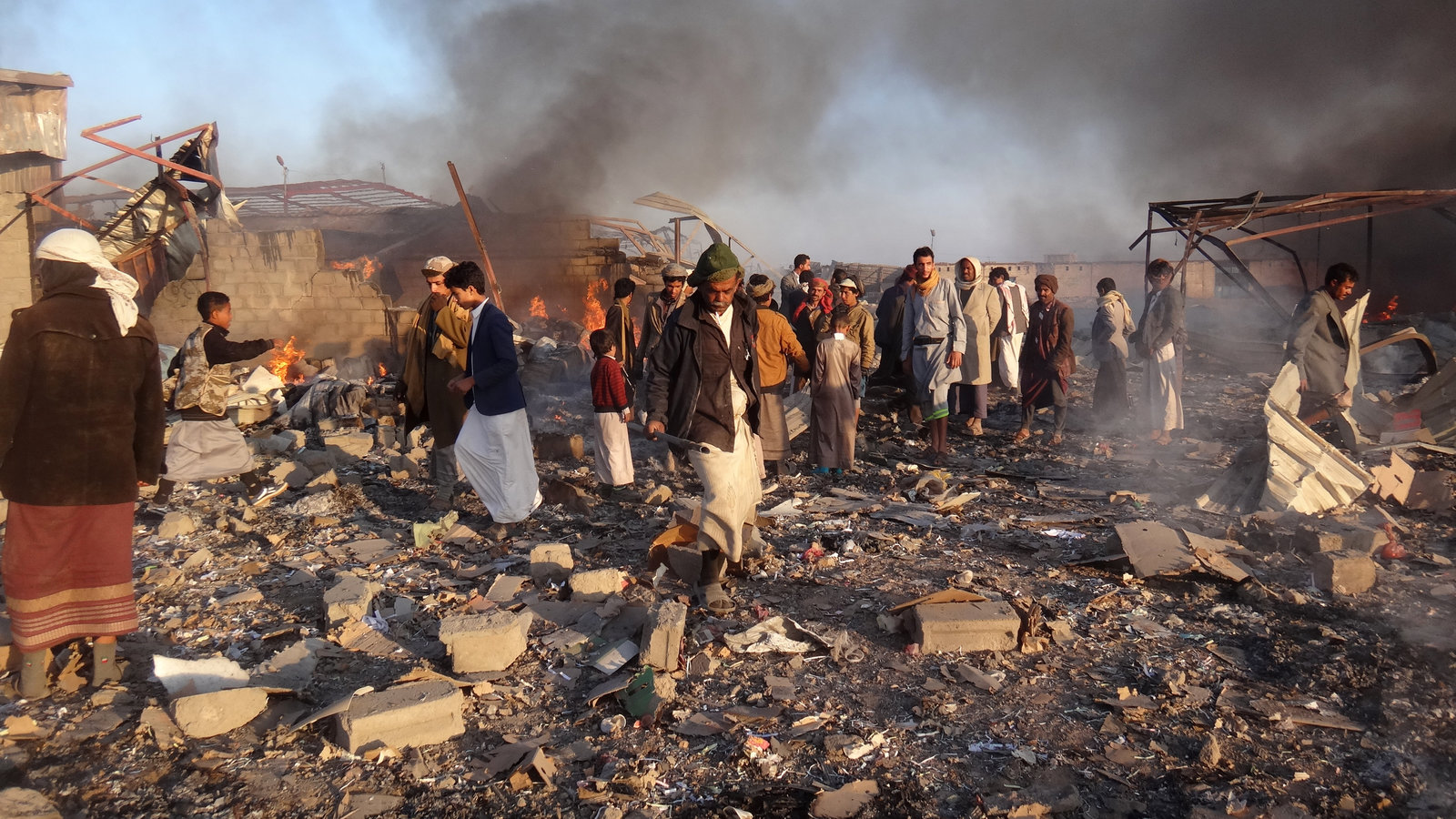The war in Yemen has been one of the longest and most devastating conflicts in the modern Middle East. What began as a domestic power struggle soon evolved into a complex regional confrontation that continues to devastate the nation’s population and infrastructure. The fighting between the Saudi-led coalition and the Iranian-backed Houthi rebels has caused immense civilian suffering, mass displacement, and a prolonged humanitarian crisis.
In 2025, the conflict has entered its eleventh year, and violence still flares across the country. Houthi drone and missile attacks continue to target ships and oil facilities near the Red Sea, while retaliatory airstrikes by Western and regional forces further worsen conditions on the ground. Yemen’s fragile social and economic systems have nearly collapsed, leaving millions in need of food, shelter, and medical care. The nation’s tragedy now reflects not only internal divisions but also the wider geopolitical rivalries shaping the Middle East.
How Did the War Begin?
The roots of Yemen’s war go back to the political turmoil that followed the Arab Spring of 2011. Long-time president Ali Abdullah Saleh, who had ruled for over three decades, was forced to step down amid mass protests and international pressure. His departure was meant to mark a peaceful transition of power to his deputy, Abdrabbuh Mansour Hadi. However, the transition plan failed to resolve Yemen’s deep-seated political, social, and tribal divisions.
President Hadi inherited a country already struggling with multiple crises—rampant corruption, rising unemployment, poverty, and food shortages. Armed groups loyal to the former president, separatists in the south, and extremist factions all challenged the new government’s authority. Amid this chaos, the Houthi movement, a Zaidi Shia group based in northern Yemen, began to expand its influence.
Originally founded to defend Yemen’s Zaidi Shia minority, the Houthis had fought several wars against the government in the early 2000s. After 2011, they took advantage of Hadi’s weak administration to capture territory, starting in the northern province of Saada and gradually advancing south. Many Yemenis, frustrated with government corruption and inequality, initially viewed the Houthis as a force for change.
By September 2014, Houthi forces had seized the capital city, Sana’a. Within months, they took control of key state institutions and forced President Hadi to flee abroad. The situation alarmed neighboring Saudi Arabia, which saw the Houthis’ rise as a sign of growing Iranian influence on its southern border.
In March 2015, Saudi Arabia formed a coalition of allied Arab states and launched a large-scale air campaign aimed at restoring Hadi’s government. The coalition’s strikes targeted Houthi positions but also caused widespread civilian casualties and destruction. Yemen soon became a battleground for regional rivalries, with foreign powers supplying arms, intelligence, and support to different sides.
What began as a localized rebellion thus escalated into a multi-front war involving tribal militias, separatists, extremists, and international forces—all fighting over control, power, and resources.

The Situation in Yemen Today
After more than a decade of conflict, Yemen remains trapped in one of the world’s worst humanitarian disasters. Bombings, blockades, and economic collapse have left the country’s infrastructure shattered. Hospitals, schools, ports, and power stations lie in ruins. For ordinary Yemenis, daily life has become a struggle for survival.
The population now stands at around 30 million, and more than half of them need humanitarian aid to survive. Over 18 million people are facing acute hunger, and around 4 million have been displaced from their homes. Many live in tents or makeshift shelters, relying entirely on aid deliveries that often cannot reach them because of insecurity and blockades.
Rural communities, which make up the majority of Yemen’s population, have been hit particularly hard. Farming has declined sharply because of fuel shortages, the destruction of irrigation systems, and a lack of access to seeds or equipment. Families who once grew their own food must now depend on imported goods, which have become increasingly expensive.
Yemen’s dependency on imports is one of the main reasons the war has caused such widespread famine. Before the conflict, the country imported about 90 percent of its food, including essentials like wheat and rice. When fighting disrupted major ports such as Hodeidah, food prices soared. Today, families spend most of their income just to buy bread and water, and malnutrition among children has reached alarming levels.
The war has also destroyed Yemen’s currency. Inflation has eroded the value of wages, public sector salaries are often unpaid, and millions of people have lost their livelihoods. In many areas, the economy has reverted to barter and informal trade, with aid agencies becoming the main source of employment.
Security and Regional Tensions
While front-line fighting has slowed in some areas, Yemen remains unstable and deeply fragmented. Rival armed groups still control different parts of the country: the Houthis dominate the north and much of the west, while forces loyal to the internationally recognized government and southern separatists hold parts of the south and east.
In recent years, the conflict has spilled beyond Yemen’s borders. Houthi missile and drone attacks have targeted Saudi oil facilities, airports, and even ships in the Red Sea. These attacks have drawn international responses, including airstrikes from the United States and allied forces. In 2024 and 2025, global attention turned to Yemen once again when the Houthis targeted international shipping routes, threatening global trade through the Red Sea and the Gulf of Aden.
This escalation has tied Yemen’s war more directly to the wider regional tensions between Iran, Saudi Arabia, Israel, and Western powers. The result is a complex, multi-layered conflict that shows no clear path toward resolution.
The Human Cost and Search for Peace
For most Yemenis, the war is no longer just a matter of politics or territory—it is a daily battle for food, water, and survival. Hospitals run without electricity, children study in damaged classrooms, and families live under constant fear of airstrikes or shelling. The health system has nearly collapsed, allowing diseases like cholera and dengue fever to spread rapidly.
Several attempts have been made to reach a ceasefire. The most notable truce in 2022 brought temporary relief but collapsed amid renewed hostilities. In 2025, peace talks have resumed under international mediation, but progress remains painfully slow. Deep mistrust, political fragmentation, and competing interests make it difficult for any single agreement to hold.
Despite the bleak reality, humanitarian workers, doctors, and local volunteers continue their efforts to keep communities alive. The resilience of Yemen’s people remains one of the few glimmers of hope in a nation devastated by war.
The Yemen conflict, now stretching into its second decade, has become a defining tragedy of our time. It is a story of political failure, regional rivalry, and immense human suffering—but also of endurance. The end of this war will require more than peace talks; it will demand rebuilding trust, restoring institutions, and giving the Yemeni people back the voice that was lost amid the sound of bombs.


















